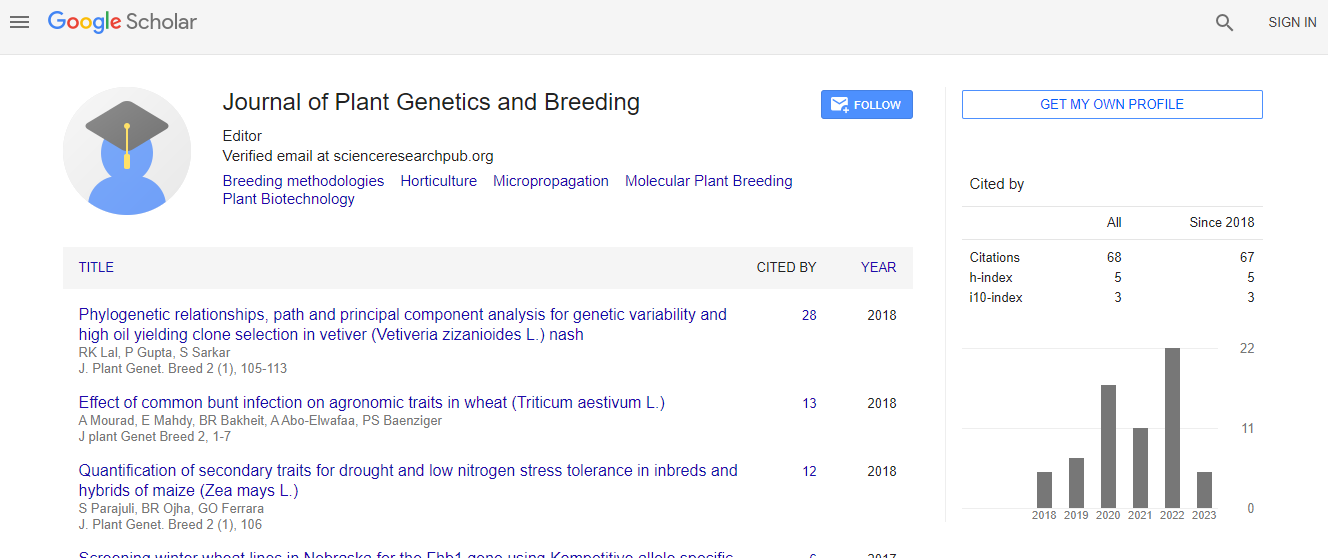Comparison of Physico-Chemical Properties of Soils under Various Chemical Fertilizers, IPNM and Organic Farming Practices Field in Dang
*Corresponding Author: Khem Raj Khatri, HICAST, Purbanchal University, Nepal, Tel: +972 9843151227 , Email: khem.soil@gmail.comReceived Date: Jun 26, 2020 / Accepted Date: Jun 30, 2020 / Published Date: Jul 31, 2020
Citation: Khatri KR et al., (2020) HICAST, Purbanchal University, Nepal. J Plant Genet Breed 4: 2
Copyright: ©2020 Khatri KR et al.,. This is an open-access article distributed under the terms of the Creative Commons Attribution License, which permits unrestricted use, distribution, and reproduction in any medium, provided the original author and source are credited.
Abstract
This study was conducted in Dang district during 15 January 2015 to 12 June 2015. 25 soil samples were collected from 3 different nutrient management practices (T1- with chemical fertilizers only; T2- with IPNM; and T3- with organic manure only) for soil analysis. The comparative study of soil physical parameters i.e. soil texture, soil chemical parameters i.e. pH, OM, N, P and K content of all soil samples was done. The mean soil texture of all soil samples was found to be sandy loam. The value of N, P, K and OM was found higher in T3 thanT1. The mean pH value of T1 was 6.3, T2 was 6.65 and T3 was 6.7 where, differences in pH value between T1 & T2 as well as T1 & T3 were statistically significant at p≤ 0.05. Similarly, the mean value of OM was found to be 4.66% in T1, 4.25% in T2 and 6.62% in T3. Difference in OM content between T1 & T3 as well as between T2 & T3 were significant at p≤ 0.05. The mean value of total N was found to be 0.052% in T1, 0.071% in T2 and 0.092% in T3. Difference in N content between T1 & T3 was statistically significant at p≤ 0.05. Similarly, the mean value of available P was found to be 22.48 kg ha-1 P2O5 in T1, 38.42 kg ha-1 P2O5 T2 and 37.446 kg ha-1 P2O5 in T3. Differences in P content between treatments were not significant statistically. Mean value of K was found to be 286.83 kg ha-1 K2O in T1, 286.83 kg ha-1 K2O in T2 and 554.74 kg ha-1 K2O in T3. Difference in K2O content between T1 & T2 as well as between T1 & T3 were significant at p≤ 0.05. The study was found that fertility status of organic field was found to be better in term of fertility and OM content than inorganic fields.

 Spanish
Spanish  Chinese
Chinese  Russian
Russian  German
German  French
French  Japanese
Japanese  Portuguese
Portuguese  Hindi
Hindi 